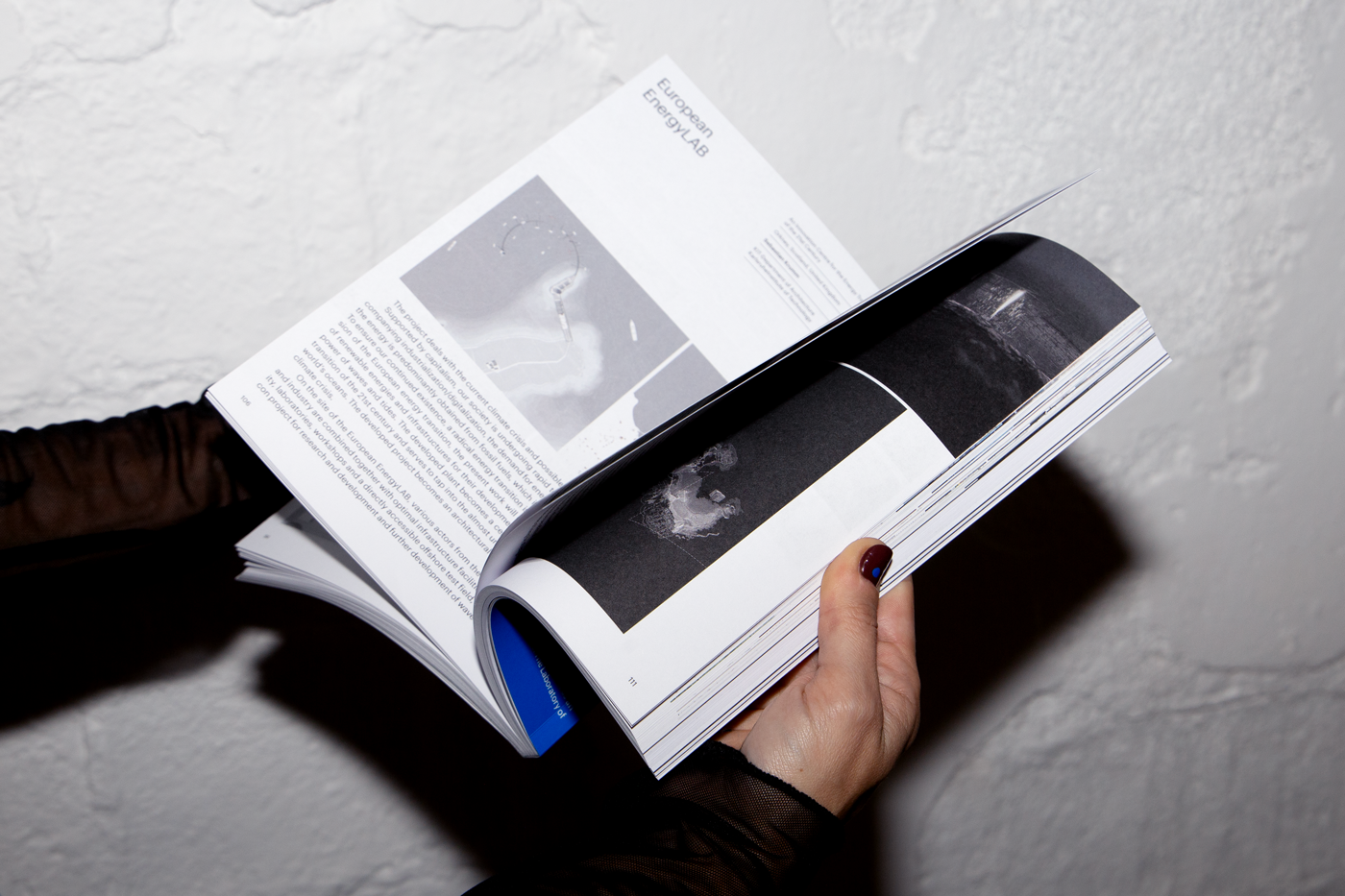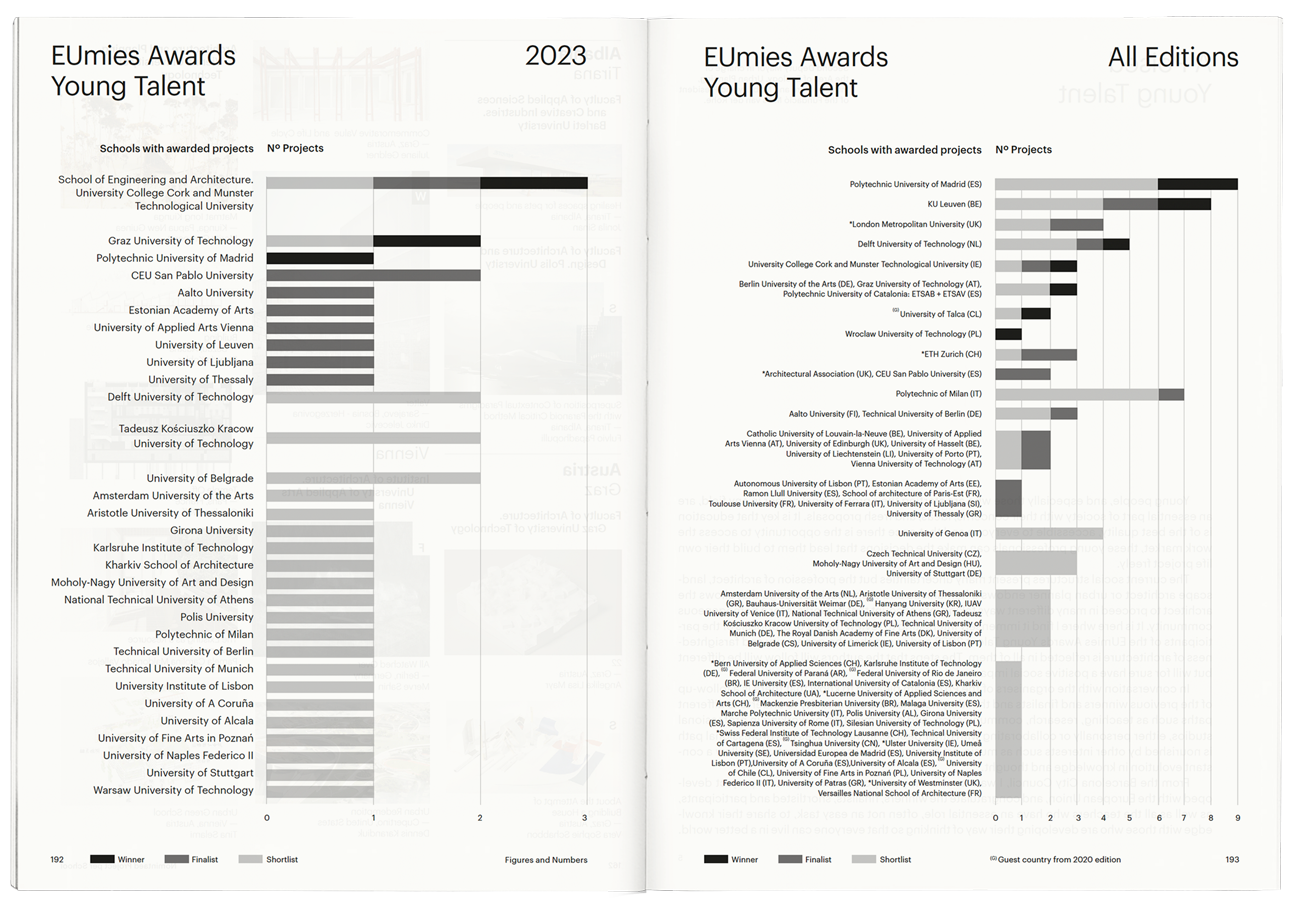El valor de l’aigua
Organización / Organization: Museu del Disseny de Barcelona – DHub
Comisariado / Curatorship: Isabel Fernández del Moral
Coordinación / Coordination: Teresa Bastardes
Diseño del espacio / Spatial design: Adriana Mas Cucurell
Diseño gráfico / Graphic design: Valentina Pulian
Producción / Production: Croquis
Montaje / Assembly: Control. Soluciones en Logística Integral
Iluminación / Lighting: Ignasi Rosés
Traducción y corrección / Translation and proofreading: Linguaserve
Organización / Organization: Museu del Disseny de Barcelona – DHub
Comisariado / Curatorship: Isabel Fernández del Moral
Coordinación / Coordination: Teresa Bastardes
Diseño del espacio / Spatial design: Adriana Mas Cucurell
Diseño gráfico / Graphic design: Valentina Pulian
Producción / Production: Croquis
Montaje / Assembly: Control. Soluciones en Logística Integral
Iluminación / Lighting: Ignasi Rosés
Traducción y corrección / Translation and proofreading: Linguaserve
El valor del agua es una exposición que pretende indagar sobre cuáles eran las formas de obtener agua, un elemento esencial para el funcionamiento de los hogares en varias épocas y lugares del planeta, y cómo estas formas revertían en un uso más eficiente de este recurso.
Concepto
El valor del agua es abstracto; no se puede pesar, contar ni contener en una cifra. Es un valor que se percibe más que se define, que se experimenta en la vida cotidiana, en la memoria. Esta propuesta visual trabaja desde la abstracción para evocar esa importancia invisible, esencial y constante. A través de capas de transparencias, se sugieren los distintos momentos y espacios en los que el agua cumple un rol primordial, como sustancia que atraviesa el tiempo y el diseño.
Concepto
El valor del agua es abstracto; no se puede pesar, contar ni contener en una cifra. Es un valor que se percibe más que se define, que se experimenta en la vida cotidiana, en la memoria. Esta propuesta visual trabaja desde la abstracción para evocar esa importancia invisible, esencial y constante. A través de capas de transparencias, se sugieren los distintos momentos y espacios en los que el agua cumple un rol primordial, como sustancia que atraviesa el tiempo y el diseño.
The Value of Water is an exhibition that aims to investigate the ways of obtaining water, an essential element for the functioning of homes in various times and places on the planet, and how these ways resulted in a more efficient use of this resource.
Concept
The value of water is abstract; it cannot be weighed, counted, or contained within a figure. It is a value that is sensed rather than defined, experienced through daily life and memory. This visual proposal works from abstraction to evoke that invisible, essential, and constant importance. Through layers of transparency, it suggests the different moments and spaces in which water plays a fundamental role — as a substance that flows through time and design.
Concept
The value of water is abstract; it cannot be weighed, counted, or contained within a figure. It is a value that is sensed rather than defined, experienced through daily life and memory. This visual proposal works from abstraction to evoke that invisible, essential, and constant importance. Through layers of transparency, it suggests the different moments and spaces in which water plays a fundamental role — as a substance that flows through time and design.
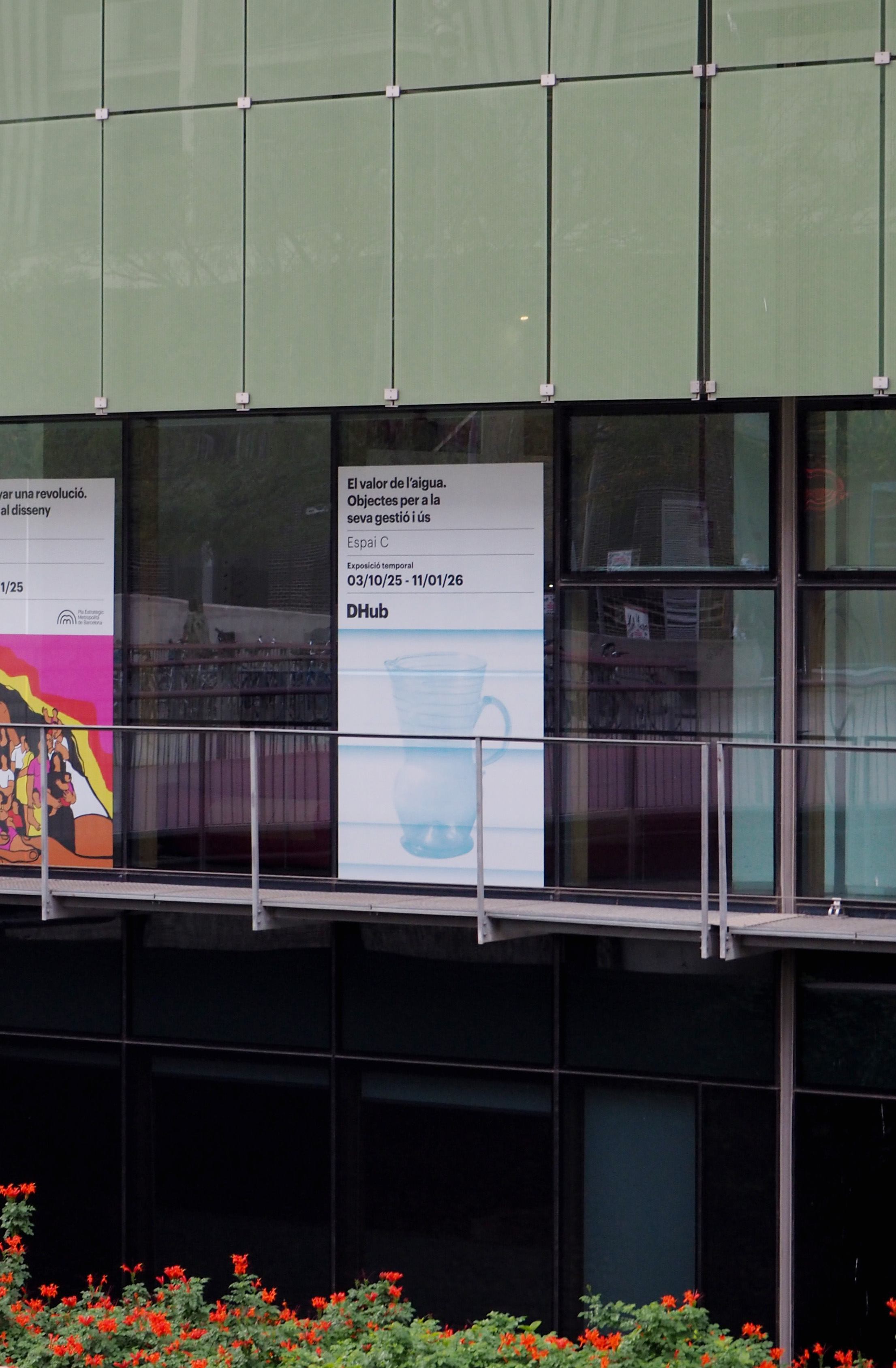
Fotos / Photos:
Valentina Pulian
Museu del Disseny-DHub / Edu Pedrocchi





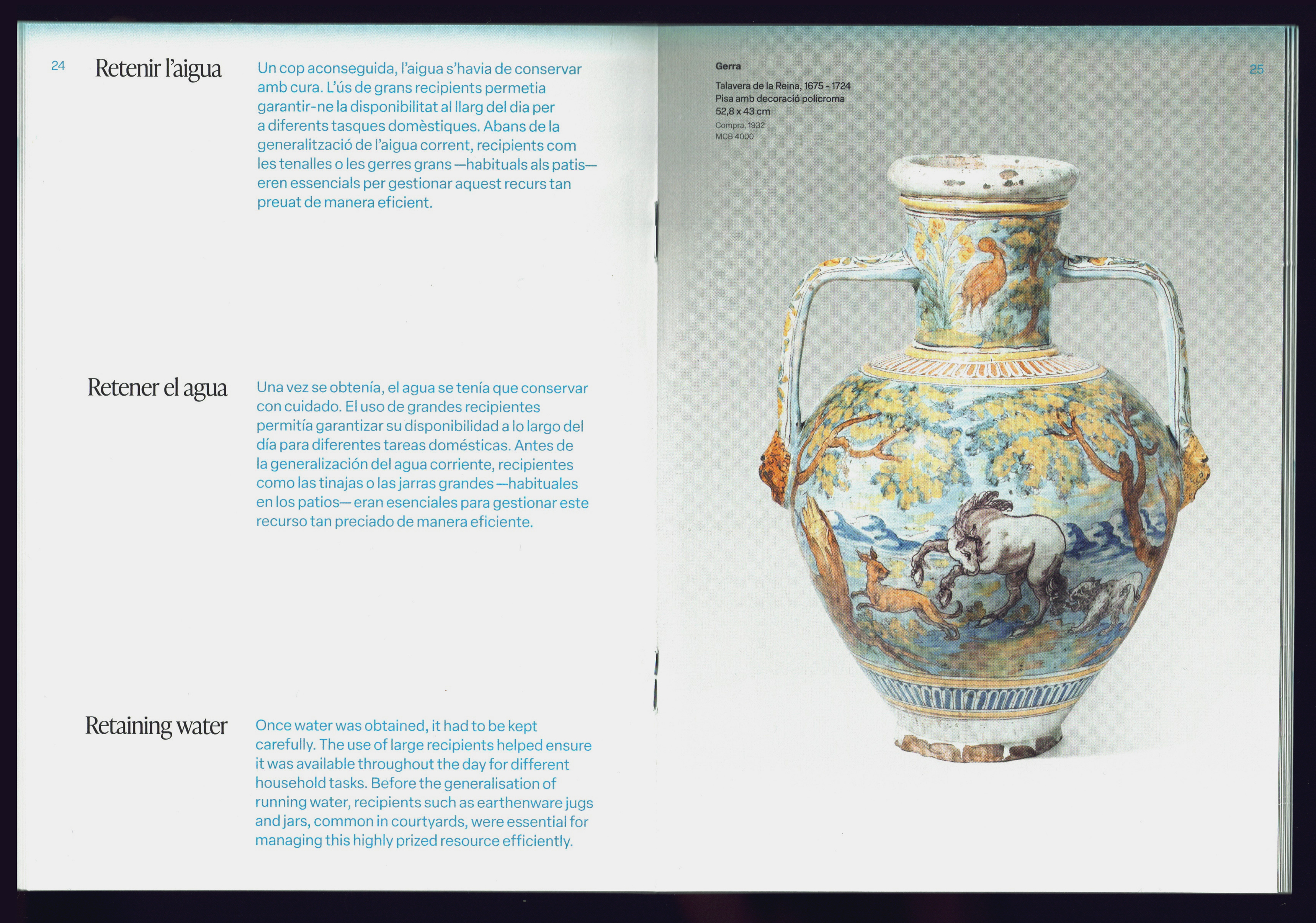




Textos Isabel Fernández del Moral / Coordinació editorial Patrícia Altimira Ávalos / Traducció i correcció Linguaserve
Disseny gràfic i maquetació Valentina Pulian / Fotografies Museu del Disseny: Estudio Rafael Vargas, Guillem Fernández-Huerta, La Fotogràfica
Impressió Gràfiques Ortells
European Union Prize for Contemporary Architecture
Mies van der Rohe Awards - Young Talent 2025
Author: Anna Sala Giralt & Ivan Blasi (edition and coordination)
Fundació Mies van der Rohe. Barcelona, 2025
Available at www.shopmies.com
Videos by Oriol Palomeque + Maria Pons
Mies van der Rohe Awards - Young Talent 2025
Author: Anna Sala Giralt & Ivan Blasi (edition and coordination)
Fundació Mies van der Rohe. Barcelona, 2025
Available at www.shopmies.com
Videos by Oriol Palomeque + Maria Pons
Este libro reúne todos los proyectos nominados en la edición de 2025, destacando con especial énfasis los preseleccionados, finalistas y ganadores. Esta colección de obras fue exhibida en la 19ª Exposición Internacional de Arquitectura de la Biennale di Venezia, como Evento Colateral oficial, del 10 de mayo al 23 de noviembre de 2025.
This book collects all the projects nominated in the 2025 edition, highlighting with special emphasis the shortlisted, finalists and winners. This collection of works was exhibited at the 19th International Architecture Exhibition of La Biennale di Venezia, as an official Collateral Event, from May 10 November 23, 2025.



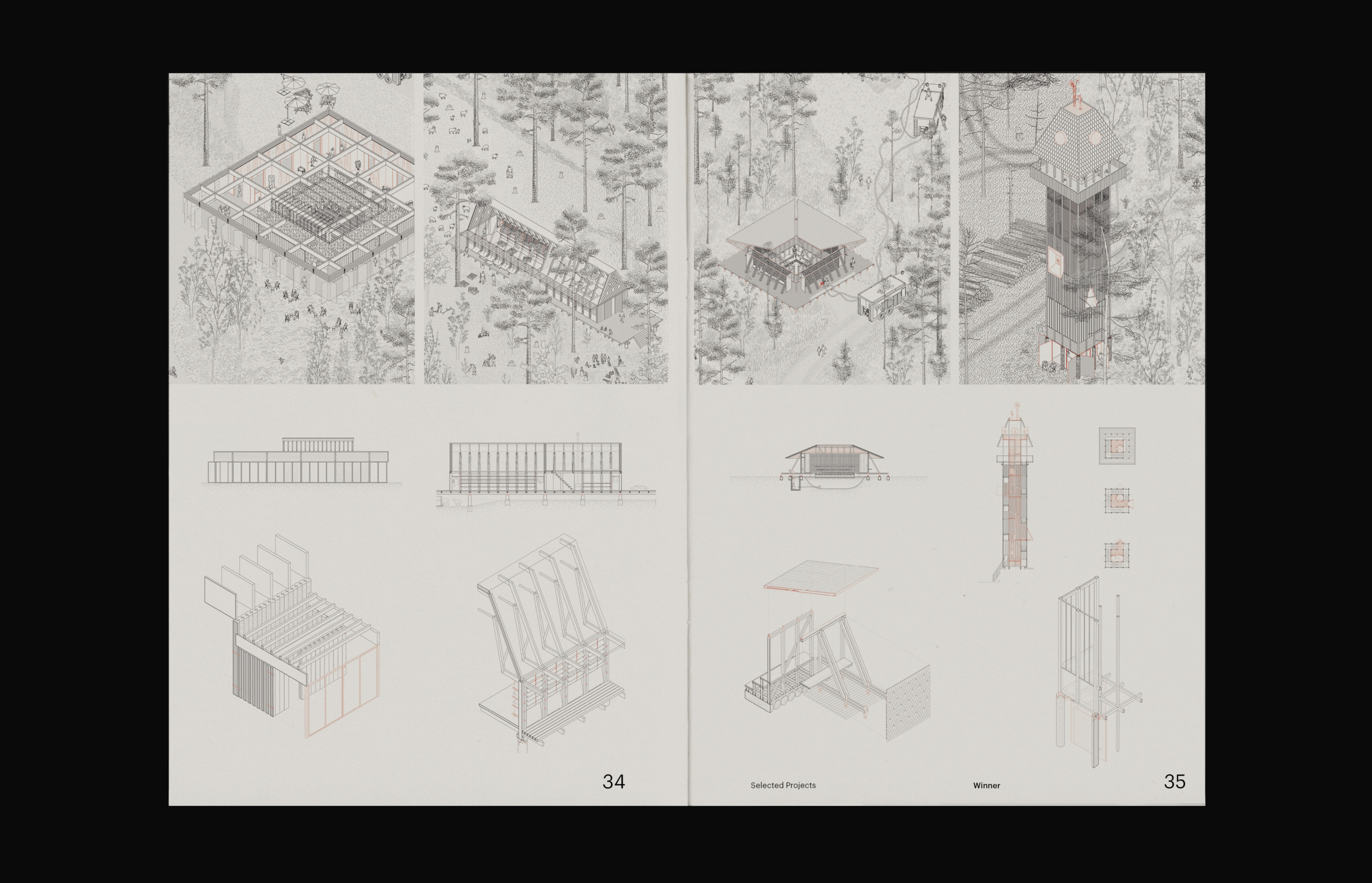









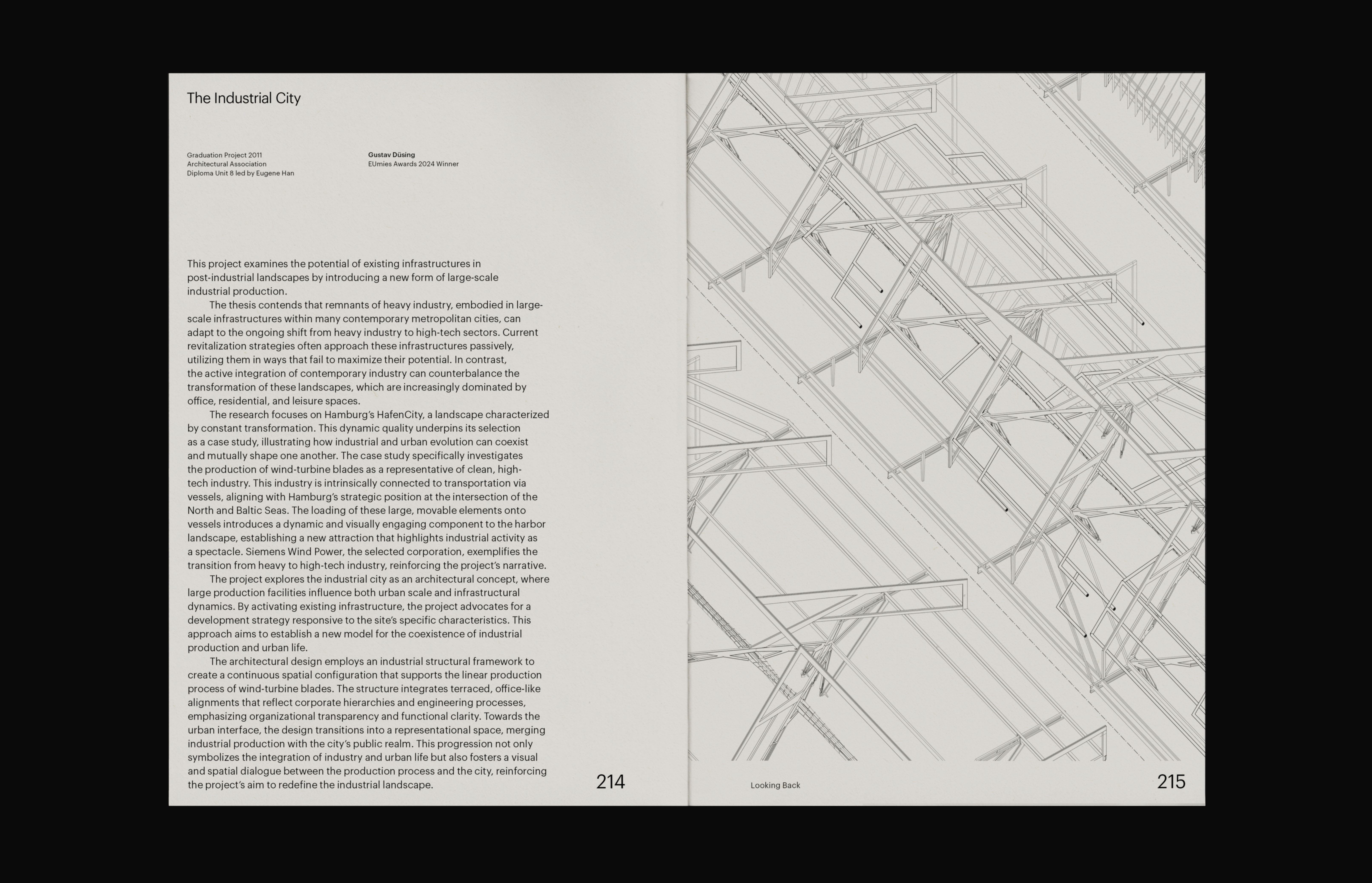

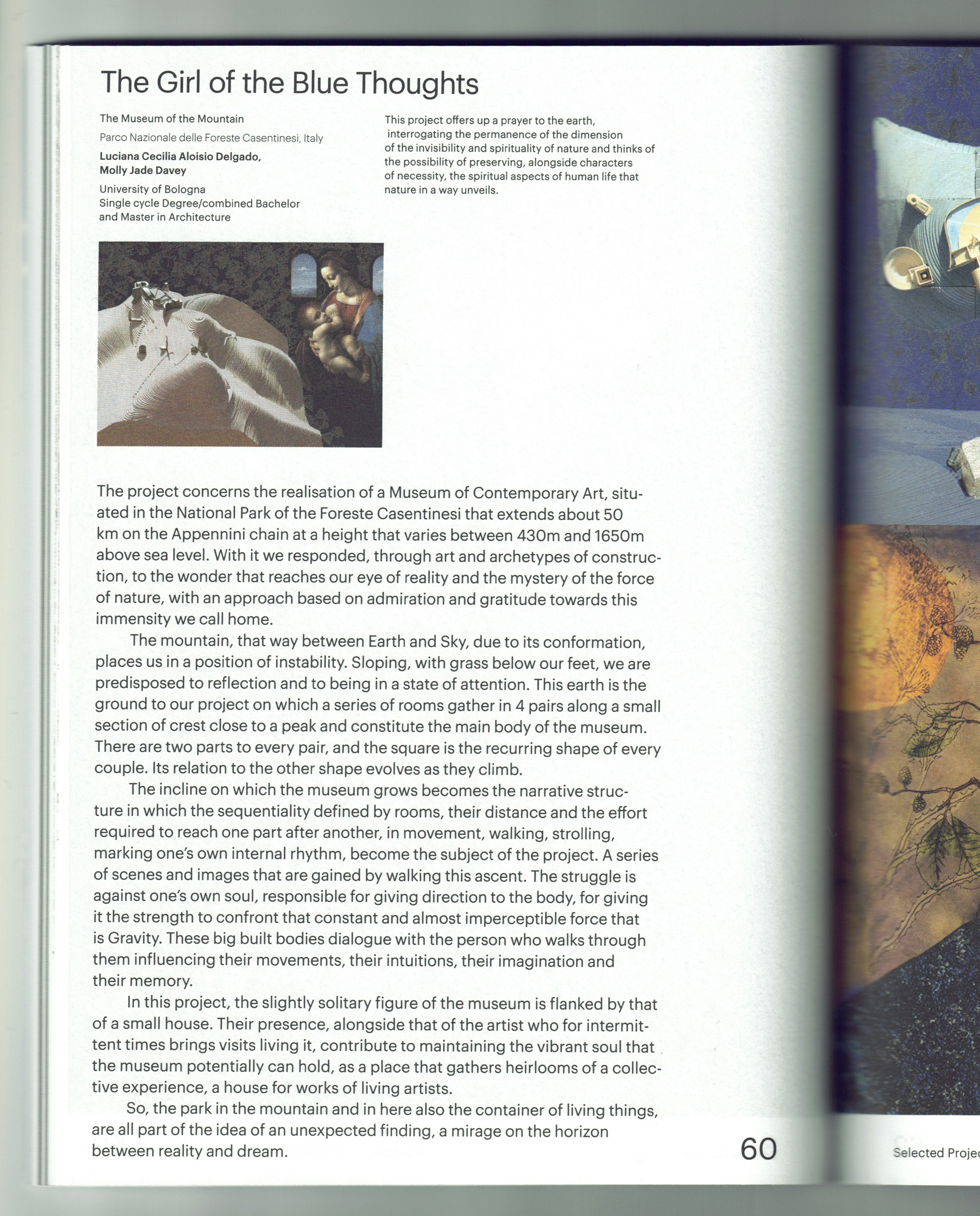
Politics and Architecture
Autor / Author: Dietrich Neumann
Coordinación / Coordination: Adriana Mas + Ivan Blasi
Dirección de arte y desarrollo editorial / Art Direction and Editorial Development: Valentina Pulian
Printed by / Impreso por: SERPER
Fundació Mies van der Rohe. Barcelona, 2023
Publication available at shopmies.com
Photo by Brenda Palomino
Autor / Author: Dietrich Neumann
Coordinación / Coordination: Adriana Mas + Ivan Blasi
Dirección de arte y desarrollo editorial / Art Direction and Editorial Development: Valentina Pulian
Printed by / Impreso por: SERPER
Fundació Mies van der Rohe. Barcelona, 2023
Publication available at shopmies.com
Photo by Brenda Palomino
Publicación para la intervención homónima, realiazada en el Pabellón Mies van der Rohe. Dietrich Neumann nos invita ahora a ver de nuevo en el Pabellón algunos de estos elementos que en algún momento estuvieron u otros que hacen alusión y que quieren señalar el peso de los símbolos y la precariedad de sus reinterpretaciones históricas: las banderas, las letras que proclamaban el nombre del país y que no estaban el día que el Pabellón se inauguró.
Tensión y mensajes ocultos entre política y arquitectura.
Una portada que refleja los conceptos de tensión y misterio; mensajes ocultos en la relación entre política y arquitectura. Bandera, Columna y el Pabellón Alemán de 1929: piezas indivisibles y protagonistas de la historia.
Los elementos compuestos en la hoja están en un estado constante de tensión: margen estrecho y disposición transversal de imágenes y texto. Jugando con la distancia para conceptualizar la realidad de dos elementos que, por mucho que deseen separarse, están destinados a coexistir.
Tensión y mensajes ocultos entre política y arquitectura.
Una portada que refleja los conceptos de tensión y misterio; mensajes ocultos en la relación entre política y arquitectura. Bandera, Columna y el Pabellón Alemán de 1929: piezas indivisibles y protagonistas de la historia.
Los elementos compuestos en la hoja están en un estado constante de tensión: margen estrecho y disposición transversal de imágenes y texto. Jugando con la distancia para conceptualizar la realidad de dos elementos que, por mucho que deseen separarse, están destinados a coexistir.
Publication for the homonymous intervention at the Mies van der Rohe Pavilion. Dietrich Neumann now invites us to take another look at the Pavilion, exploring some of these elements that were once present, or others that allude to and aim to underscore the weight of symbols and the fragility of their historical reinterpretations: the flags, the letters proclaiming the country's name that were absent on the day of the Pavilion's inauguration.
Tension and hidden messages between politics and architecture.
The cover reflects the concepts of tension and mystery; two important points i the relationship between politics and architecture. A flag, the demolition of a column, the German Pavilion of 1929: indivisible elements and protagonists in the story.
The composite elements in the sheet are in a constant state of tension: tight margin and crosswise arrangement of images and text. Playing with distance to conceptualise the reality of two elements that, however much they may wish to separate, are meant to coexist.
Tension and hidden messages between politics and architecture.
The cover reflects the concepts of tension and mystery; two important points i the relationship between politics and architecture. A flag, the demolition of a column, the German Pavilion of 1929: indivisible elements and protagonists in the story.
The composite elements in the sheet are in a constant state of tension: tight margin and crosswise arrangement of images and text. Playing with distance to conceptualise the reality of two elements that, however much they may wish to separate, are meant to coexist.


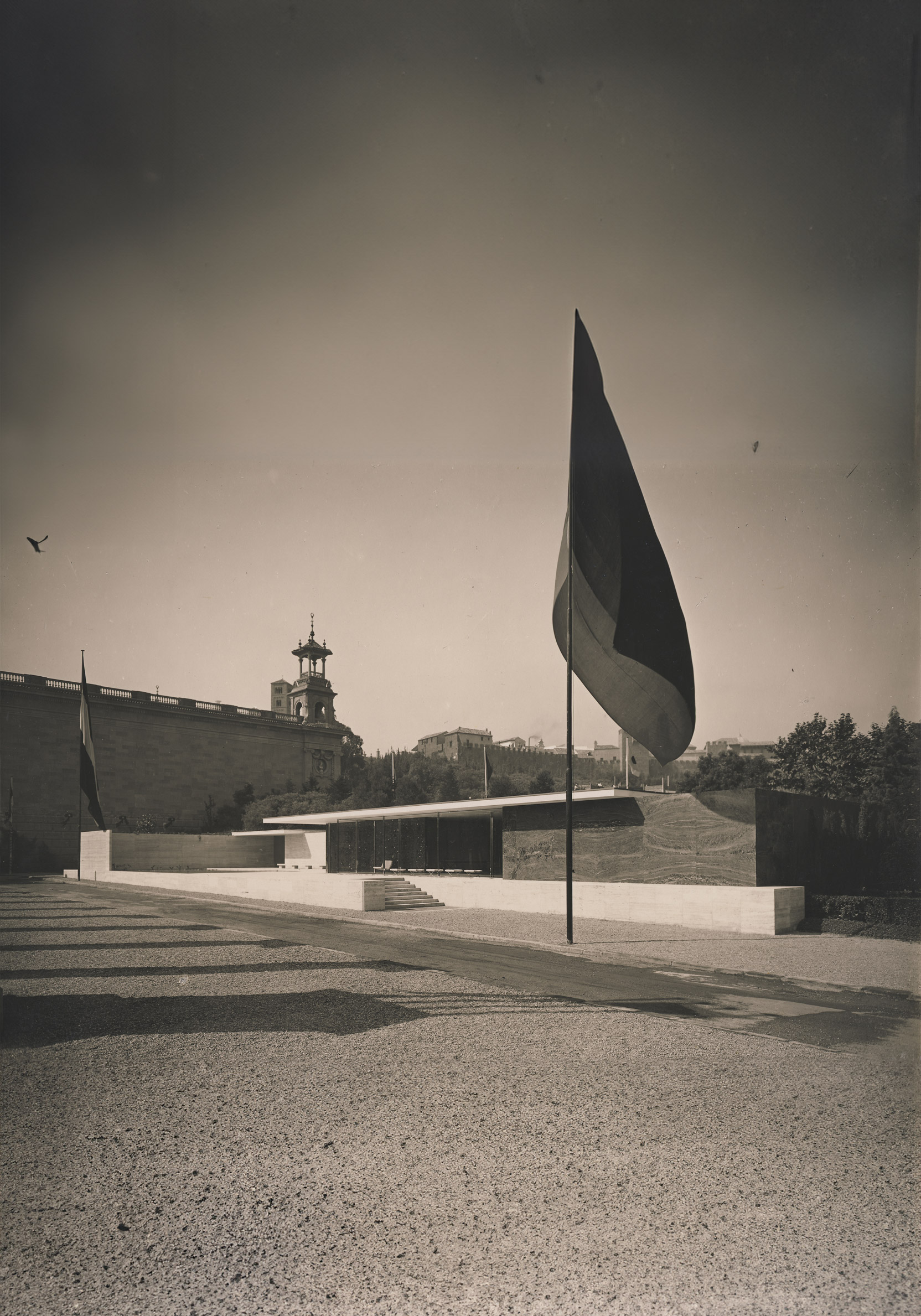




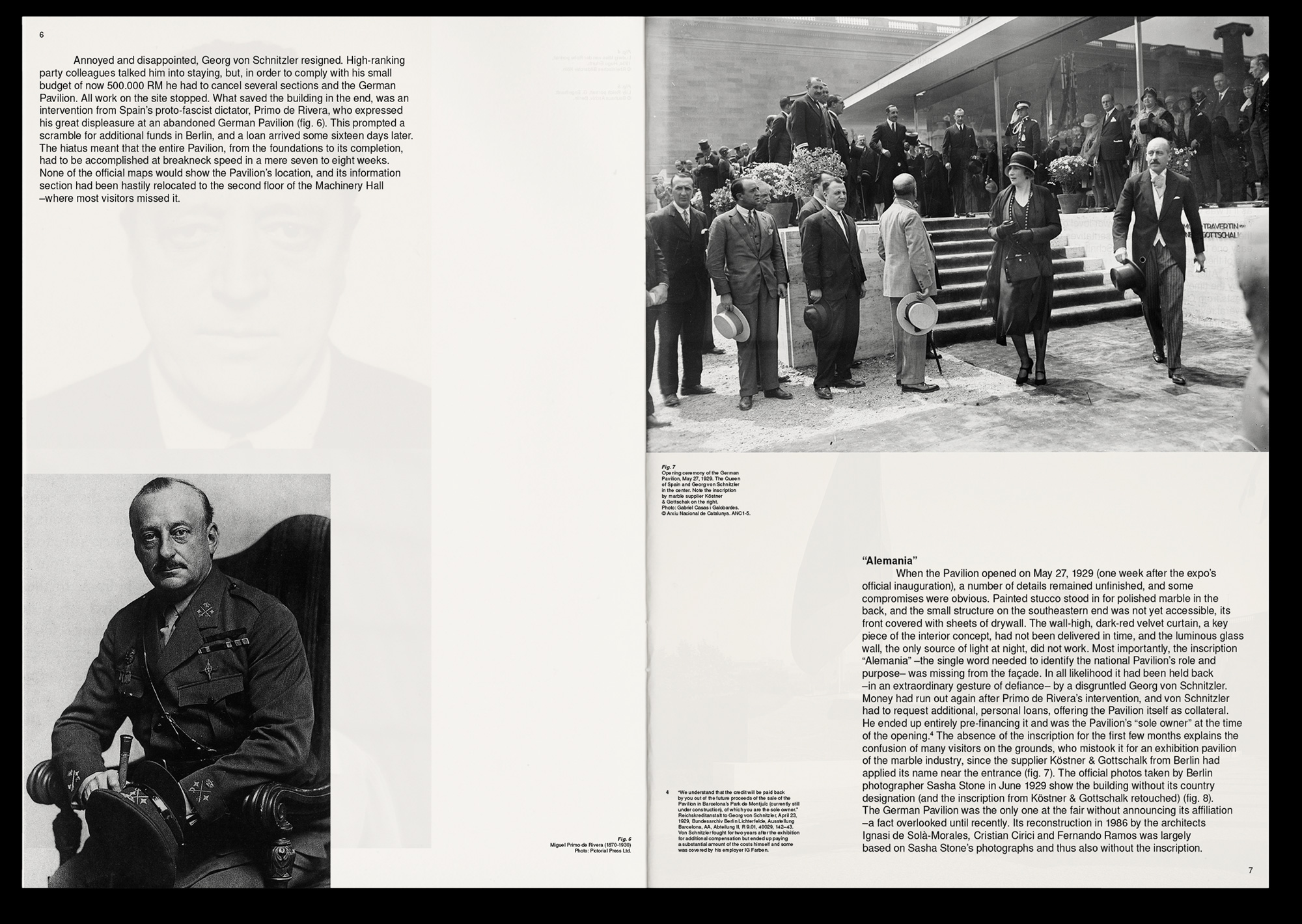
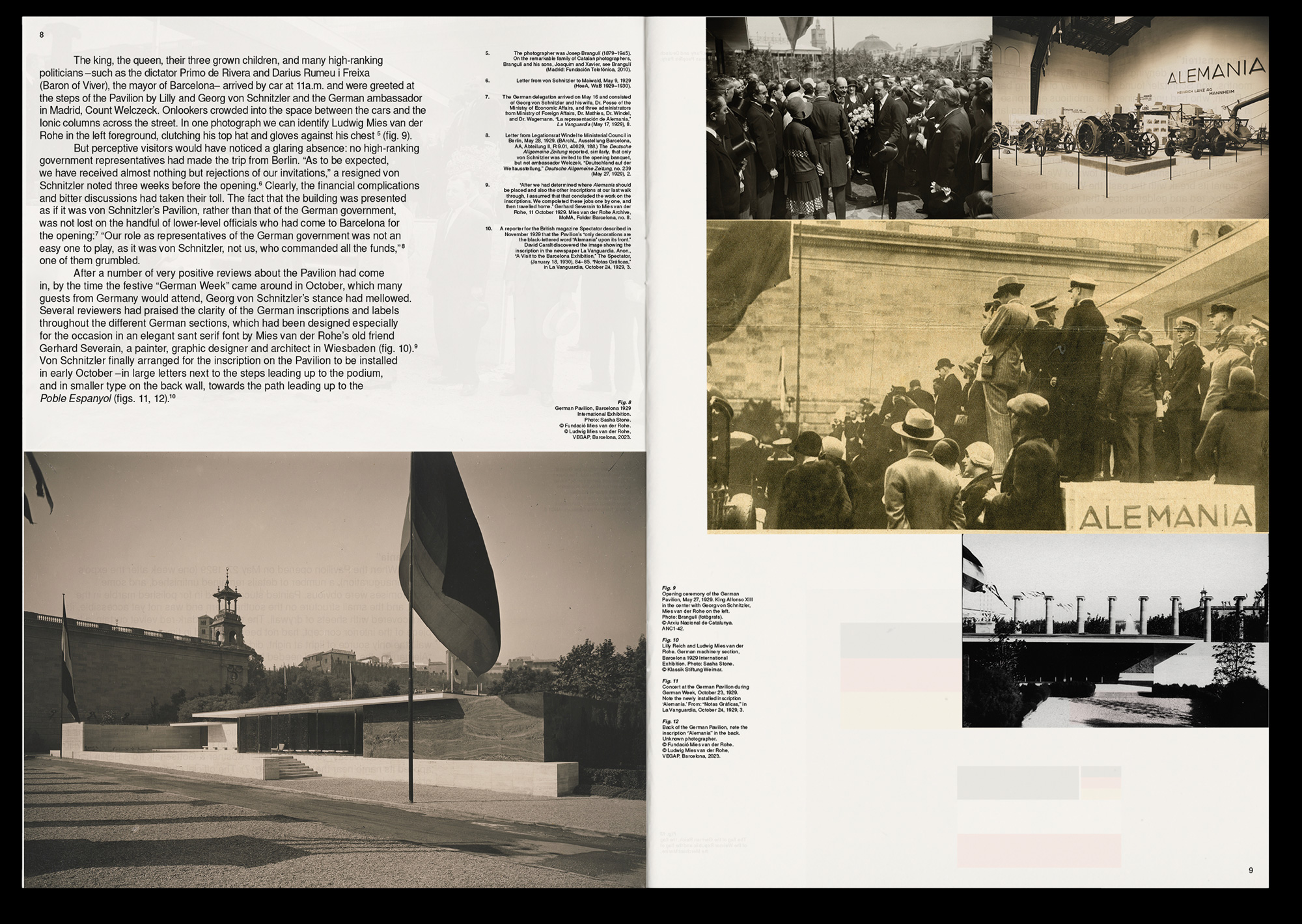




Beautiful Failures
Autor / Author: Roger Paez & Stella Rahola Matutes
Coordinación / Coordination: Ivan Blasi + Adrianna Mas
Publicado por / Publisher: Funcació Mies van der Rohe. Barcelona, 2022.
Disponible en / Available at: www.shopmies.com
Photos by Brenda Palomino
Autor / Author: Roger Paez & Stella Rahola Matutes
Coordinación / Coordination: Ivan Blasi + Adrianna Mas
Publicado por / Publisher: Funcació Mies van der Rohe. Barcelona, 2022.
Disponible en / Available at: www.shopmies.com
Photos by Brenda Palomino
La publicación es el resultado de la intervención homónima que se presentó en el Pabellón Mies van der Rohe en mayo del 2021. Beautiful Failures es una intervención site-specific que investiga la fragilidad y la vulnerabilidad a través de dos de los materiales más delicados utilizados en la construcción del Pabellón de Barcelona de Lilly Reich y Ludwig Mies van der Rohe: el vidrio y el travertino.
The publication is the outcome of the homonymous intervention that was presented at the Mies van der Rohe Pavilion in May 2021. "Beautiful Failures" is a site-specific intervention that explores fragility and vulnerability through two of the most delicate materials used in the construction of the Barcelona Pavilion by Lilly Reich and Ludwig Mies van der Rohe: glass and travertine.







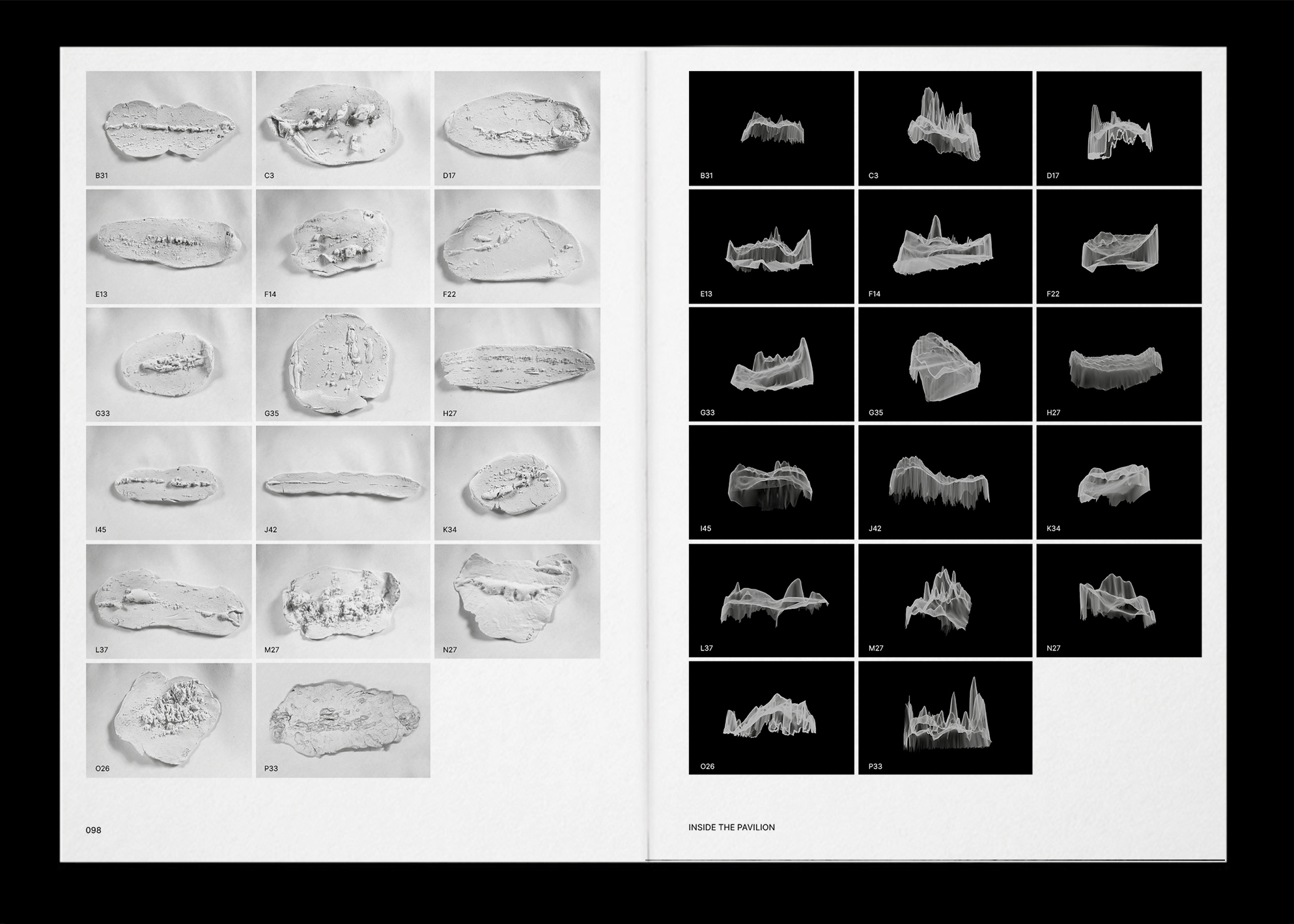
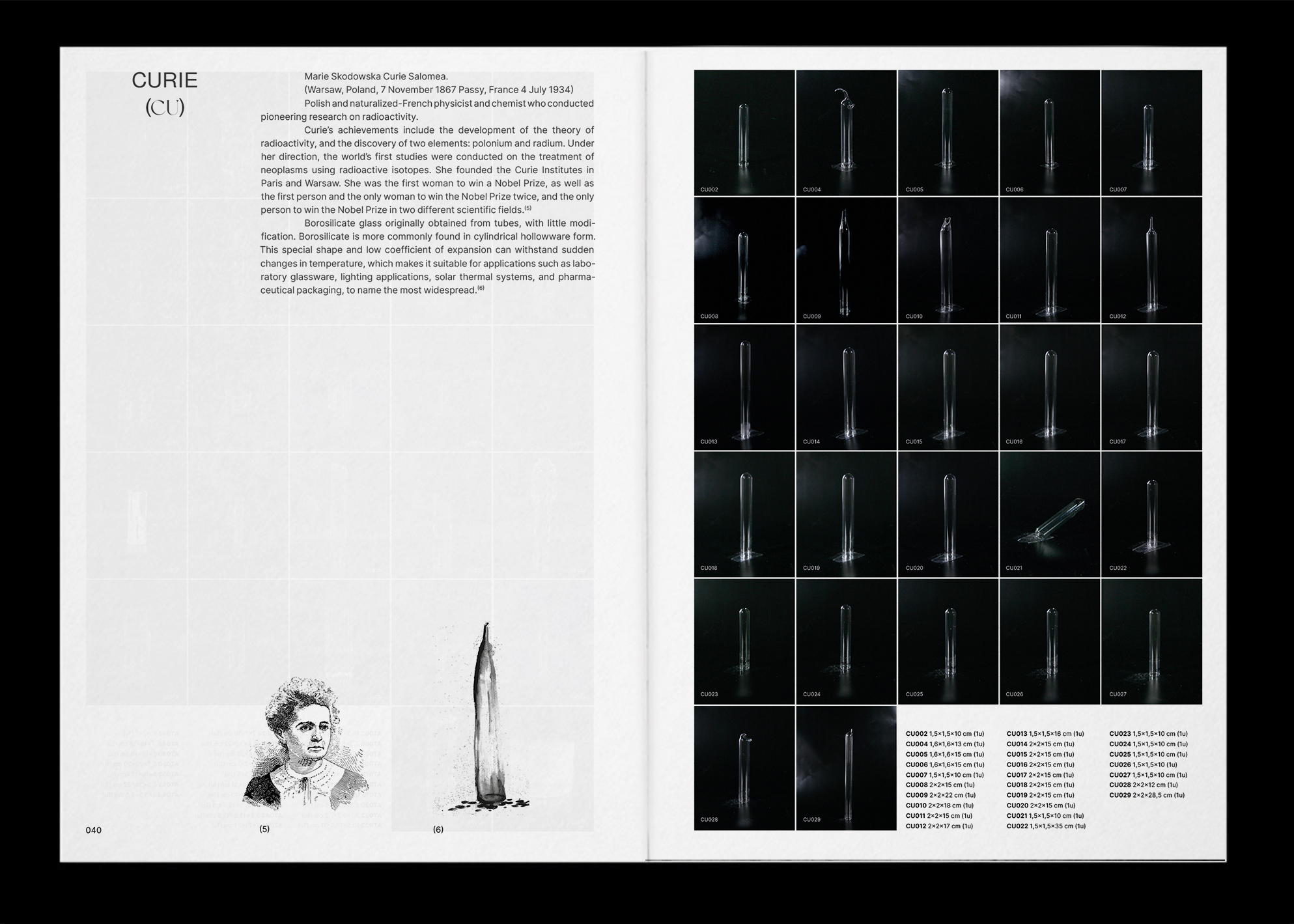
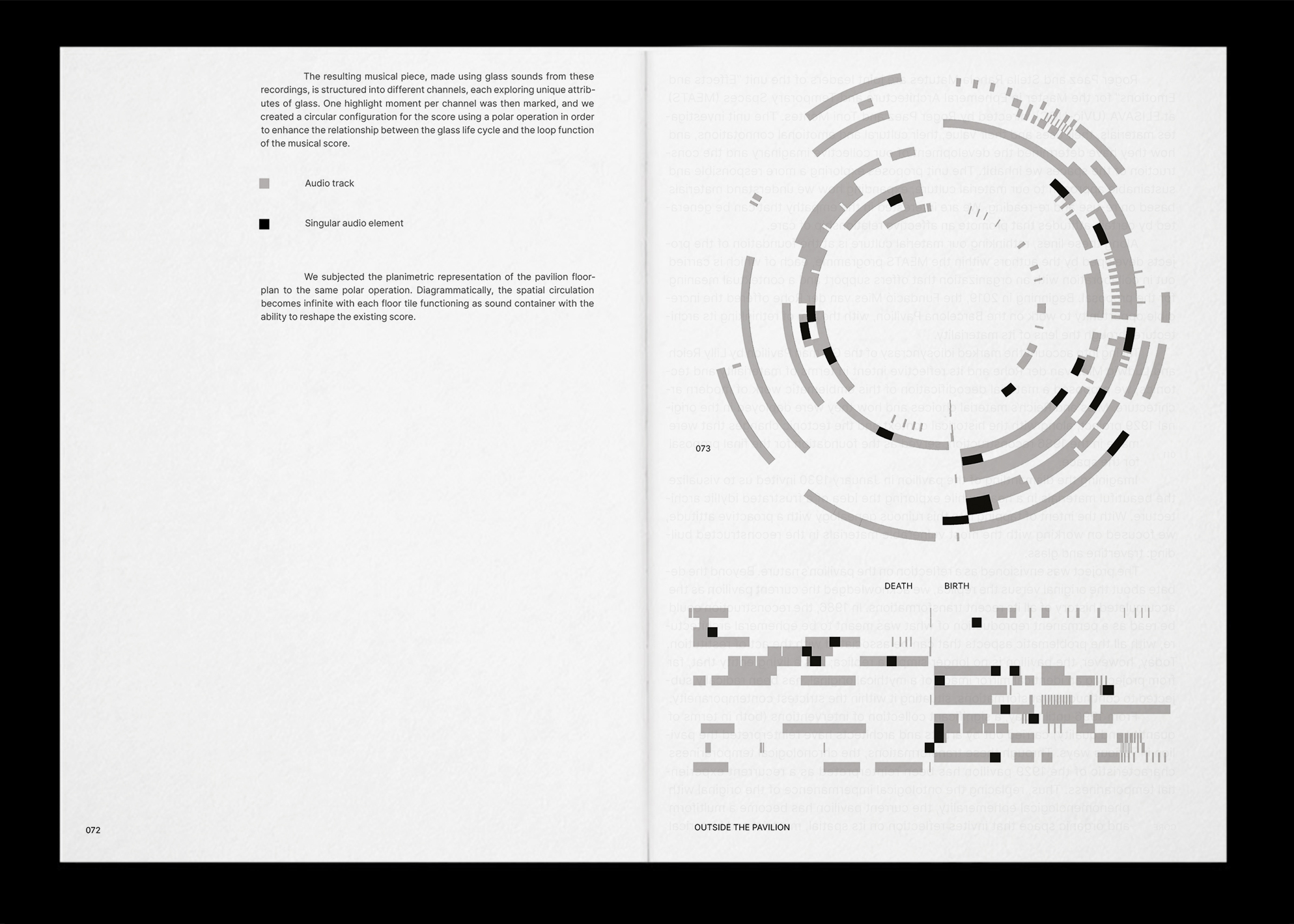
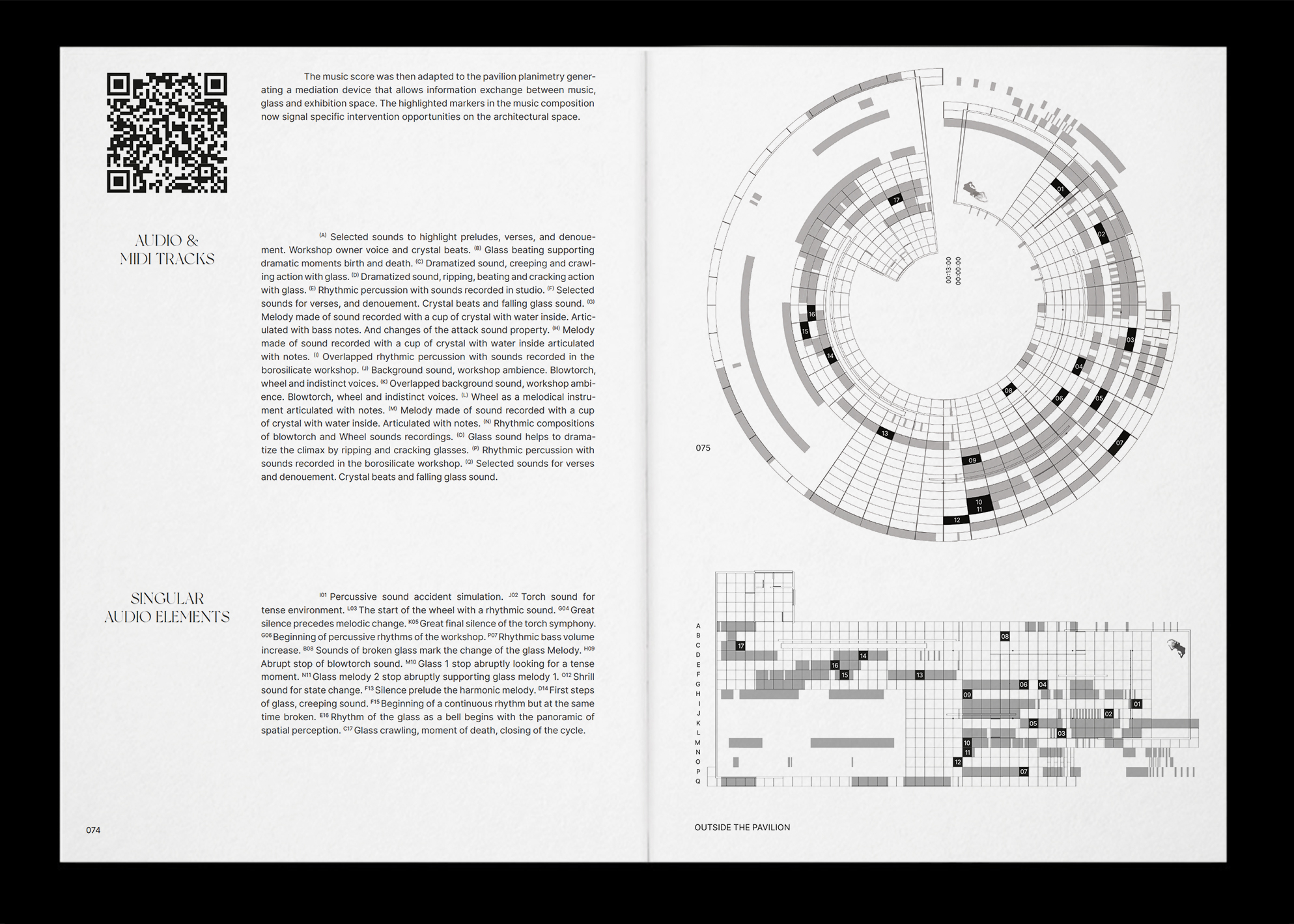



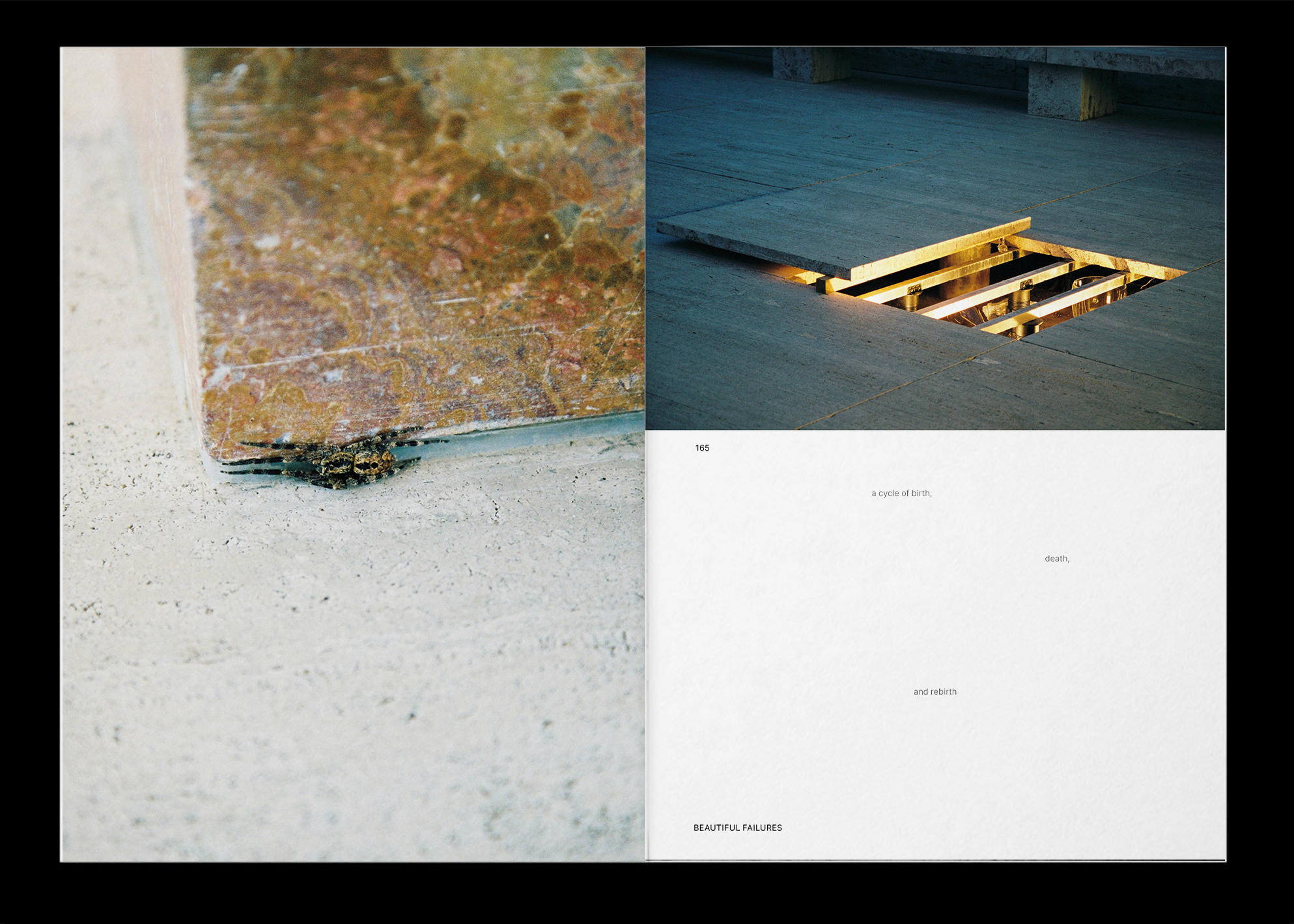
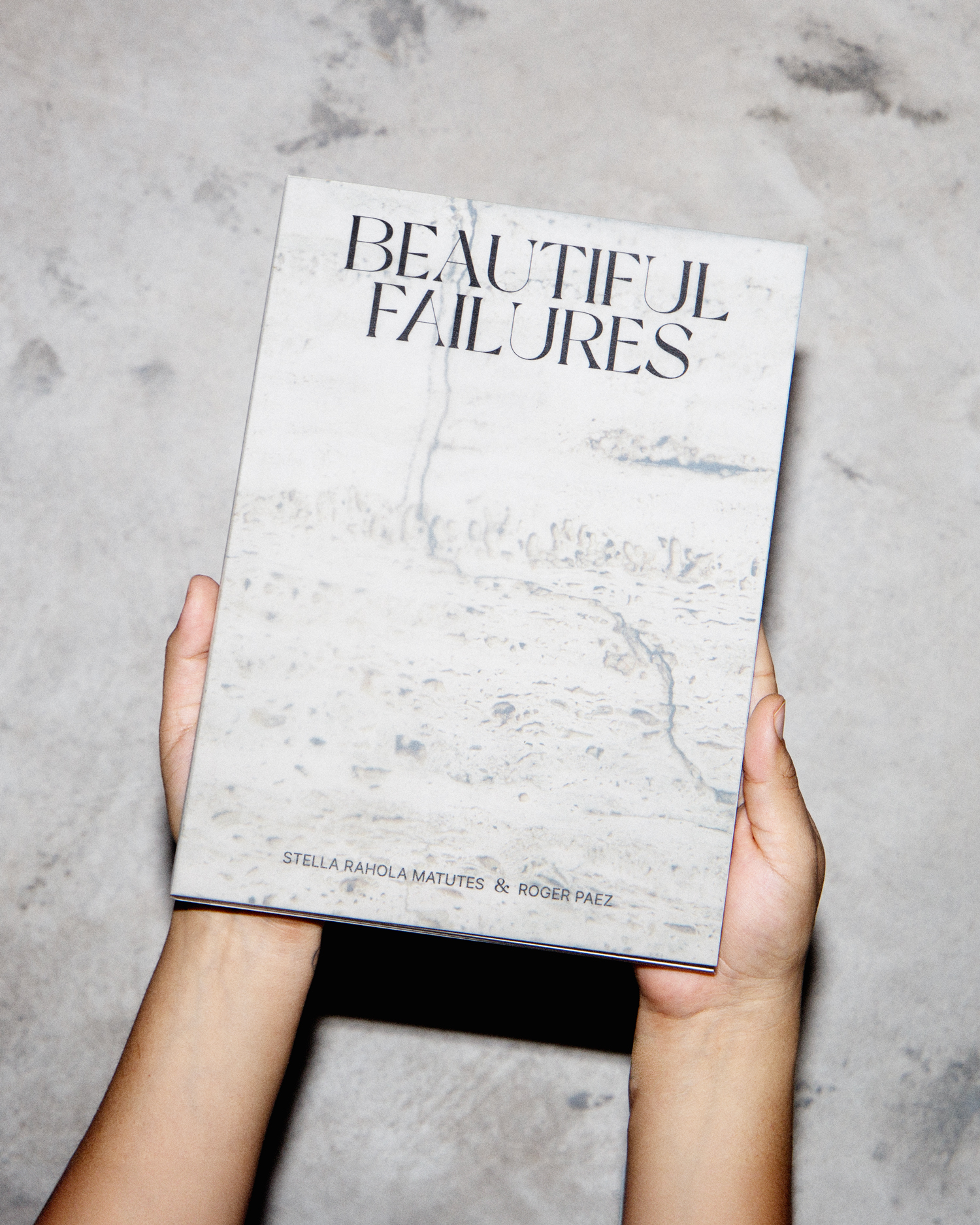
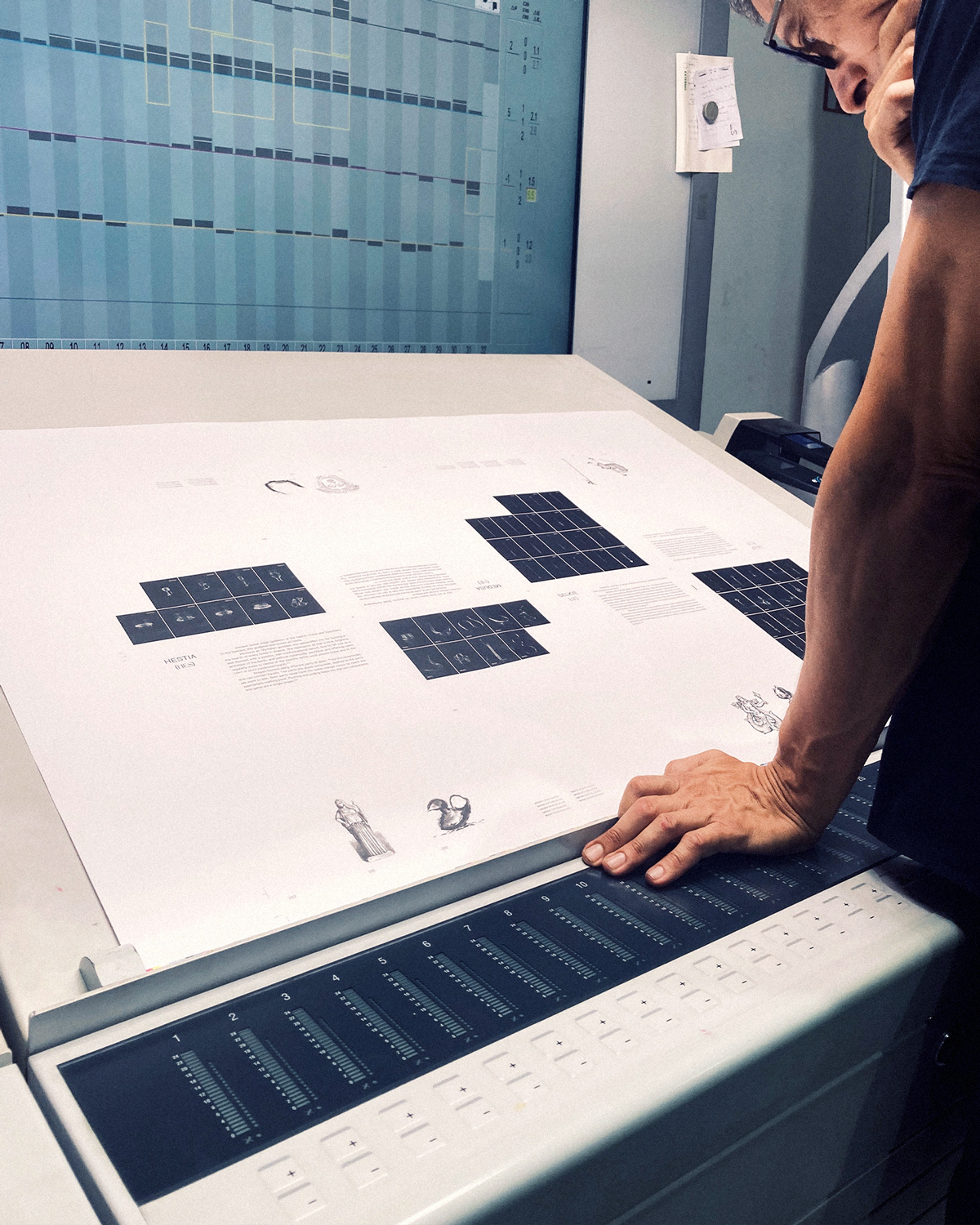
European Union Prize for Contemporary Architecture
Mies van der Rohe Awards - Young Talent 2023
Author: Anna Sala Giralt & Ivan Blasi (edition and coordination)
Fundació Mies van der Rohe. Barcelona, 2023Available at www.shopmies.com
Photo by Brenda Palomino
Mies van der Rohe Awards - Young Talent 2023
Author: Anna Sala Giralt & Ivan Blasi (edition and coordination)
Fundació Mies van der Rohe. Barcelona, 2023Available at www.shopmies.com
Photo by Brenda Palomino
Este libro recoge todos los proyectos nominados en la edición de 2023, destacando con especial énfasis los preseleccionados, finalistas y ganadores. Un conjunto de proyectos que han sido expuestos en la 18ª Exposición Internacional de Arquitectura de La Biennale di Venezia, como Evento Colateral oficial bajo el título EUmies Awards. Young Talent 2023. The Laboratory of Education, entre el 20 de mayo y el 26 de noviembre de 2023.
This book collects all the projects nominated in the 2023 edition, highlighting with special emphasis the shortlisted, finalists and winners. A group of projects that has been exhibited at the 18th International Architecture Exhibition of La Biennale di Venezia, as an official Collateral Event under the title EUmies Awards. Young Talent 2023. The Laboratory of Education, between May 20 and November 26, 2023.









